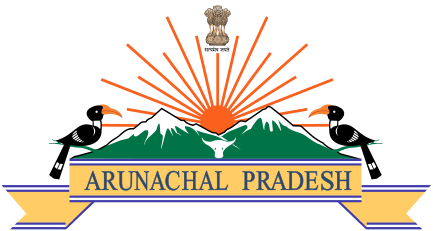CENTRE FOR EARTH SCIENCES & HIMALAYAN STUDIES
The Centre is providing information of -
- Surface Water
- Evapotranspiration
- Precipitation
- Water Budget
Arunachal Pradesh, located in northeastern India, is renowned for its abundant water resources. The state encompasses significant rivers like Kameng, Siang, and Lohit, fed by a network of smaller streams and tributaries. The hydrology of Arunachal Pradesh is intricate, shaped by factors such as topography, geology, climate, and land use. The focus of the department will centre on crucial aspects of hydrology, including watershed management, water treatment, water security, water quality, and groundwater. With numerous watersheds, defined as land areas draining into a common water body like a river or lake, effective watershed management becomes essential. This ensures the sustained health of these water bodies, crucial for various purposes like irrigation, drinking, and industrial activities. Arunachal Pradesh faces water-related risks such as floods, droughts, and waterborne diseases. Therefore, conducting a water security assessment and implementing management strategies are vital for identifying, mitigating, and ensuring sustainable and equitable use of the state's water resources. A significant concern revolves around the declining groundwater levels, a key water source for drinking, irrigation, and industry in the state. Overexploitation has led to decreased groundwater levels in many areas. Hence, managing groundwater resources becomes imperative to guarantee their sustainable and fair utilization.
The surface runoff of the Rangnadi Basin is influenced by the climatic, physiographic, and anthropogenic factors. The basin experiences a high rainfall during the monsoon season, which contributes to the high runoff. According to the recent research from 2017-2020, the surface runoff has decreased. The basin has a mixed land use, with agriculture, forest, and urban areas. The land use changes affect the soil properties, infiltration, and runoff generation. The basin also faces some challenges, such as soil erosion, sedimentation, water pollution, and flood hazards, due to the high runoff. Therefore, proper management of the surface runoff is essential for the sustainable development of the Rangnadi Basin.

